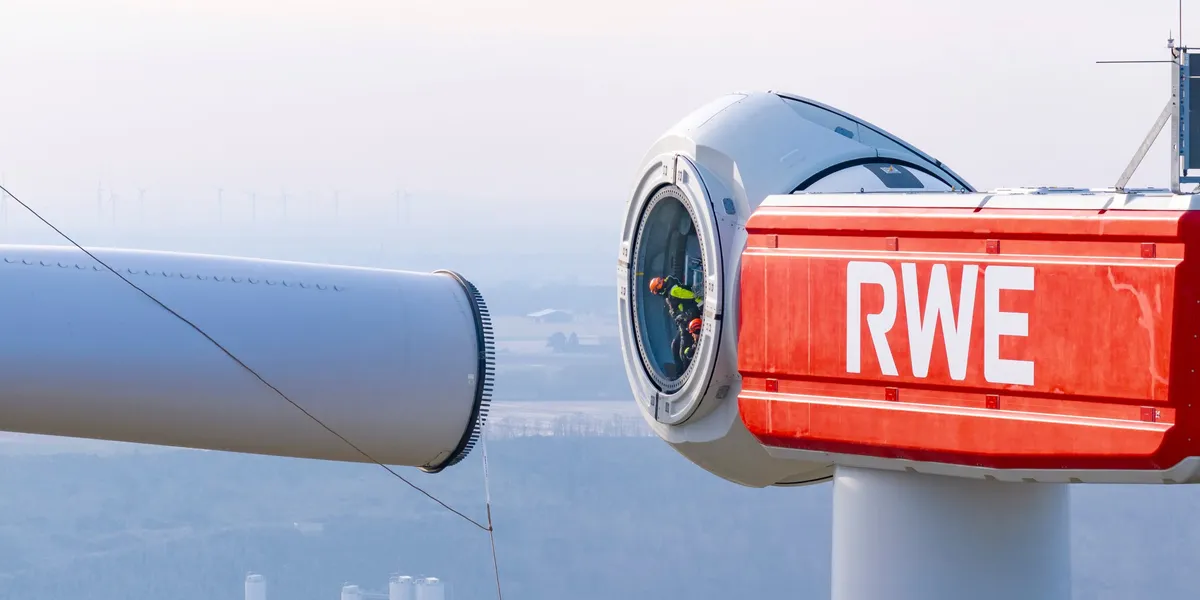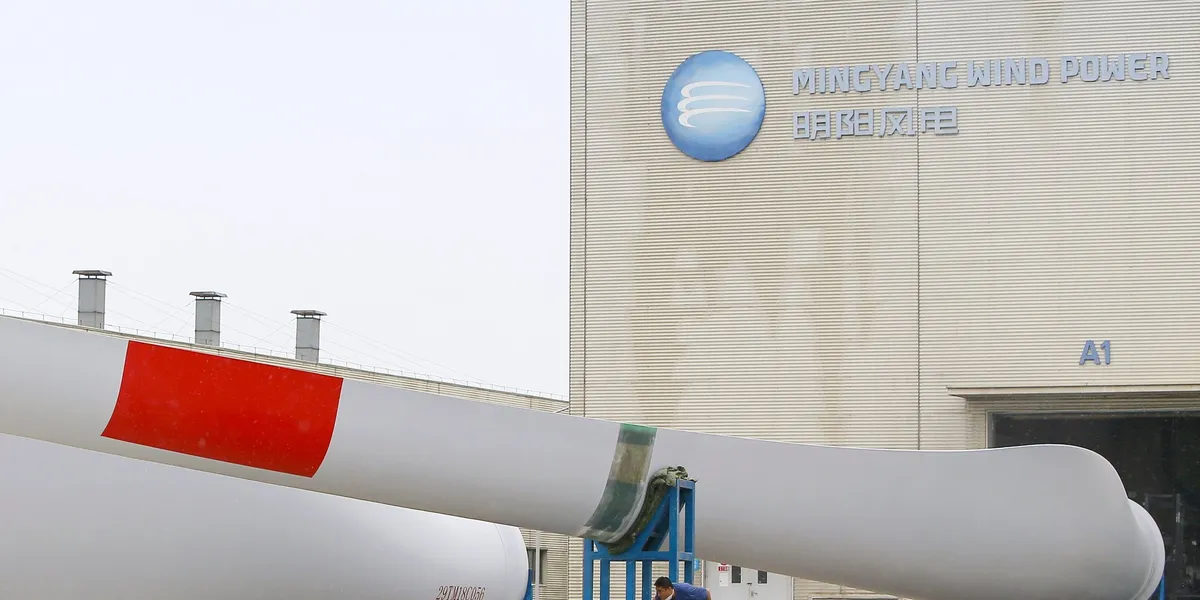By Dan Gearino | Inside Climate News
This article originally appeared on Inside Climate News, a nonprofit, non-partisan news organization that covers climate, energy and the environment. Sign up for their newsletter here.
The United States added 22,332 megawatts of power plant capacity in the first half of this year, and the vast majority of it was utility-scale solar, batteries and onshore wind.
Natural gas was next, and there was zero new coal or nuclear, according to the Energy Information Administration.
Through 2030, the U.S. energy landscape looks a lot like these last six months in terms of the mix of new power plants, with solar and batteries leading the way, according to the EIA’s list of planned power plants.
I’m digging into the numbers to try to make sense of the contrast between the Trump administration’s push to expand use of natural gas, coal and nuclear power, and the reality of which kinds of power plants—mainly renewables—are on track to serve the grid of the near future.
Some of this contrast can be explained by the normal lag to develop a power plant. Most of the recently completed projects have been in the works since about 2020, which feels like ancient history.
The Trump administration’s policy changes, which tend to favor fossil fuels and disfavor renewable energy, haven’t had much time to translate into projects with firm timelines.
But even so, it’s important to note that the administration is limited in how much, and how quickly, it can change trends in energy development, said David Victor, a professor of innovation and public policy at the University of California San Diego.
“There’s a lot of inertia in the system, which means that when you’re trying to build new clean stuff, it takes a long time to get going in that direction, but when you’re trying to stop building clean stuff and build dirty stuff, which seems to be the Trump policy, it takes a long time for that signal to be felt in the system,” he said.
Some wind and solar projects may be cancelled because of the rapid phaseout of tax credits in the One Big Beautiful Bill Act, which Trump signed this month. The new law affects the investment tax credit and production tax credit, the main incentives for companies building utility-scale renewables.
But Victor views this as more of a slowdown than a reversal of momentum. One reason is that demand for electricity continues to rise to serve data centers and other large power users. The main beneficiaries are energy technologies that are the easiest to build and most cost effective, including solar, batteries and gas.
In the first half of this year, the United States added 341 new power plants or utility-scale battery systems, with a total of 22,332 megawatts of summer generating capacity, according to EIA.
More than half the total was utility-scale solar, with 12,034 megawatts, followed by battery systems, with 5,900 megawatts, onshore wind, with 2,697 megawatts, and natural gas, with 1,691 megawatts, which includes several types of natural gas plants.
The largest new plant by capacity was the 600-megawatt Hornet Solar in Swisher County, Texas, which went online in April.
“Hornet Solar is a testament to how large-scale energy projects can deliver reliable, domestic power to American homes and businesses,” said Juan Suarez, co-CEO of the developer, Vesper Energy of the Dallas area, in a statement from the ribbon-cutting ceremony.
The plants being completed now are special in part because of what they have endured, said Ric O’Connell, executive director of GridLab, a nonprofit that does technical analysis for regulators and renewable power advocates. Power plants take years to plan and build, and current projects likely began development during the COVID-19 pandemic. They stayed on track despite high inflation, parts shortages and challenges in getting approval for grid connections, he said.
“It’s been a rocky road for a lot of these projects, so it’s exciting to see them online,” O’Connell said.
Looking ahead to the rest of this year and through 2030, the country has 254,126 megawatts of planned power plants, according to EIA. (To appear on this list, a project must meet three of four benchmarks: land acquisition, permits obtained, financing received and a contract completed for selling electricity.)
Solar is the leader with 120,269 megawatts, followed by batteries, with 65,051 megawatts, and natural gas, with 35,081 megawatts.
There are zero coal-fired power plants, and one nuclear plant: Kemmerer Unit 1 in Lincoln County, Wyoming, developed by TerraPower, which is listed with projected completion by December 2030. The proposed restarts of closed nuclear plants, such as Palisades in Michigan, have not yet shown up in the data.
The planned capacity is a lot. For perspective, the country’s current power plants, including the ones that began operation this year, have about 2.5 million megawatts.
A caveat: When comparing different power technologies, generating capacity is only part of the picture. It’s important to consider the typical electricity production of a plant and how predictable this output will be.
For example, a combined cycle gas plant, the most common type of gas plant, has an average “capacity factor” of 60 percent. This is a number that shows how much electricity a plant produces compared to if it were running at full strength all the time.
Utility-scale solar has an average capacity factor of 23 percent, limited by the fact that the sun goes down at night. (You can see 2024 capacity factors for fossil-fuel technologies here and non-fossil technologies here.)
So, solar’s dominance in terms of new capacity coming online is tempered by its limitations. Developers work around this by building solar alongside battery energy storage. Some of the largest projects this year were solar arrays located next to battery systems, such as Sun Streams 4, which is a 300-megawatt solar project and a 300-megawatt battery project in Maricopa County, Arizona, developed by Longroad Energy of Boston.
Gas also has plenty of problems, including vulnerability to interruptions in fuel supply and fluctuations in fuel prices, long waits for parts required for new plant construction, and, of course, the release of greenhouse gases that are making the earth less habitable.
These problems are part of why O’Connell is skeptical of the Trump administration’s ability to encourage more growth in gas-fired power than was already happening.
“There are real questions about how much gas we can really build,” he said.
I realize this view may be hard to swallow, considering all of the attacks on renewable energy and the government’s support for fossil fuels. But I also know from years of covering energy that times like these—with major policy changes and uncomfortable levels of chaos—are some of the worst moments to think with clarity about what may be ahead.
Inside Clean Energy is ICN’s weekly bulletin of news and analysis about the energy transition. Send news tips and questions to [email protected].









